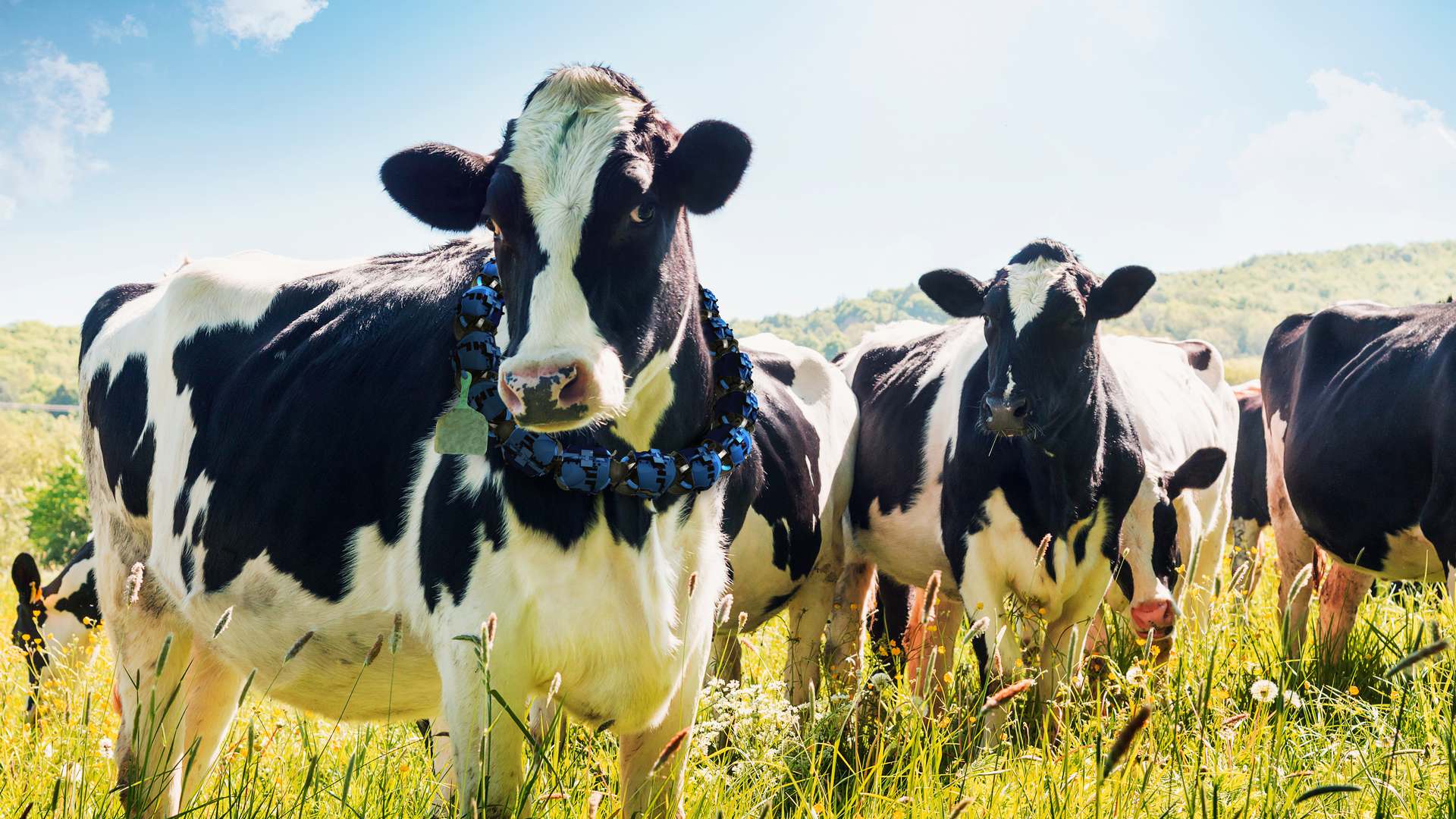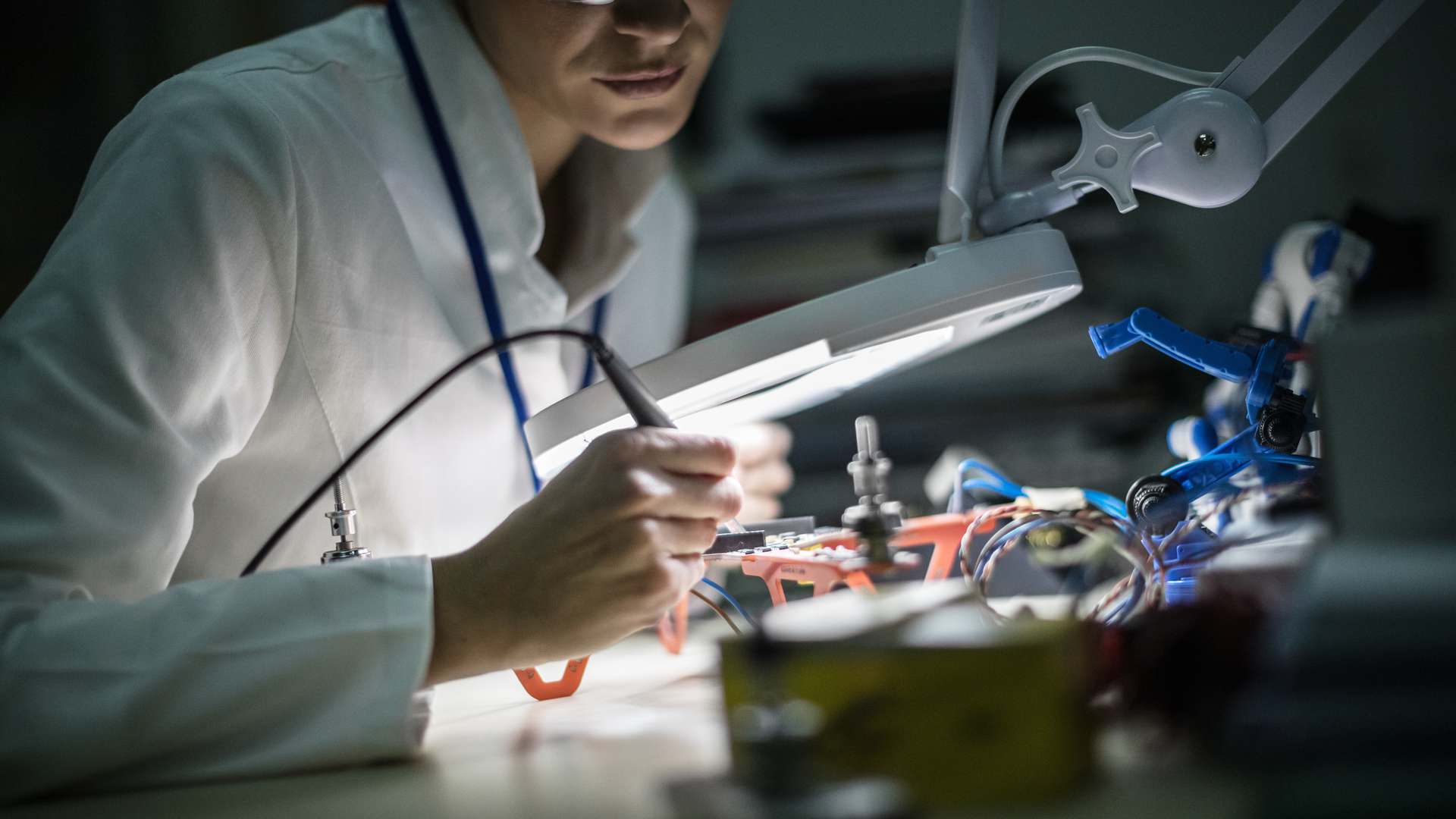Reaping the benefits of big data with sensors in strange places
CPI has been a member of CPACT – the Centre for Process Analytics and Control Technology — for the last 14 years.

Technology and Innovation Officer (Formulation)

CPI has been a member of CPACT – the Centre for Process Analytics and Control Technology — for the last 14 years. Engaging with CPACT enables CPI to bring cutting-edge knowledge from their academic membership to the companies that can benefit from it.
CPI believes in growing and nurturing talent, hence working with students at CPACT to give them the benefit of industrial experience while bettering CPI’s understanding of complex fields like process analytical chemistry. Recently a placement student from CPACT, Kirsty Johnson, surveyed a broad range of sectors including agriculture to see what novel technologies could be translated into innovations for use by the chemical industry. Kirsty worked under the supervision of CPACT’s technical director, Alison Nordon to identify these novel sensing technologies, and worked with CPI’s Katharina Roettger to identify which of these technologies could be relevant to CPI’s process analytics.
Kirsty evaluated 21 sensor types and considered their relevance to 16 industrial applications. These sensors are often lower-cost compared to the highly accurate but expensive techniques that the industry regularly uses. Sensors are a technology that enable our industrial processes to be monitored so that we can gather the data to allow our engineers to make decisions that save time, save space, increase accuracy, and increase efficiency, all leading to cost saving for both the grower and the consumer. These lower-cost but more easily distributed sensors can give a different view on the large, complex, dynamic environment that the agriculture industry exists in.
However, these sensors still need to withstand high temperatures, not break down or rust in a reaction and not act as a catalyst or inhibitor to the process they are monitoring. Care must also be taken when considering the removal of some sensors at the end of the process they are monitoring. Other critical considerations are the method and regularity of calibration to ensure sensor accuracy and the algorithms required for data analysis. There are many sensors currently deployed in agriculture that could be applied to process control, as we discuss here.
Robotic Fish
The ‘Envirobot’ project by EPFL labs is developing an underwater robotic fish with the idea that it will detect pollution in oceans and lakes that could be from farm run-offs or other sources. Although in its early stages, it uses sensors to detect water temperature, pH, conductivity. It has a GPS module, so it knows its location, and to ensure that it is durable it has sensors within the individual modules to detect leaks. It is currently deployed for preliminary experiments in Lake Geneva, Switzerland. There are several classes of Envirobot under development; the larger one consists of 6 active modules and swims like an eel, and can reach speeds of 0.87 m/s, while the smaller version with 3 active modules can reach 0.52 m/s.

Sensors for Cows
Afimilk is a company that was spun out from the University of Strathclyde, their two main products are sensors systems that are attached to the cow by a neck collar or an ankle strap to enable monitoring of the cow’s location and movement. These systems enable data to be gathered and then communicated to the farmer via smartphone or computer that can identify overcrowding, health problems, lameness, comfort, and even when a cow is ovulating or due to calf. Each animal has its own identification so to enable a long-term picture of the animal’s health to be established.
The hardware for this system is scalable for a whole herd because core of the system is an electronics board that consists of an accelerometer sensor, radio transmitter and a memory storage module. The sensor itself costs about 50p and the board in total is only a few pounds, with the battery as the most expensive component. The software runs on the tag and a cloud-based interface so that the processing of data from the accelerometers is handled locally before being sent to the farmer.
Bees with Backpacks
Sensors are being used to monitor the movement of bees and their environments in Tasmania. The sensors are around 1.5 mm x 1.5 mm in size and do not interfere with the bee’s behaviour as they weigh less than 5 mg. The sensors are put onto the bees as tiny rucksacks, which requires the bees to be slightly chilled. The data acquired from this can indicate the health of the bees, which in turn gives an indication of the health of the agriculture in that area. These tiny sensors are classed as radio frequency identification sensors and document when the bee passes a sensor node. The data from these micro sensors is remotely transmitted to a central node which then builds a 3D model of the bee’s movement.
Obviously, the accuracy of this data is increased if the sample size increases, so swarms of thousands of honeybees have been equipped with sensors in Australia and Brazil. Amazingly, the sensors have been adapted to allow their batteries to charge when the bee enters its hive. The creators at CSIRO are aiming to put these sensors on fruit flies and mosquitos. They are looking to generate power from their movement that can be stored in the sensor’s battery and include a tracker device for each insect.

In Conclusion
Sensor systems such as these that have been developed for agricultural and environmental monitoring might also have applications elsewhere such as monitoring chemical reactions. This could give new insights to complex processes, whilst ensuring that the benefits delivered aren’t outweighed by the costs.
Enjoyed this article? Keep reading more expert insights...
CPI ensures that great inventions gets the best opportunity to become a successfully marketed product or process. We provide industry-relevant expertise and assets, supporting proof of concept and scale up services for the development of your innovative products and processes.